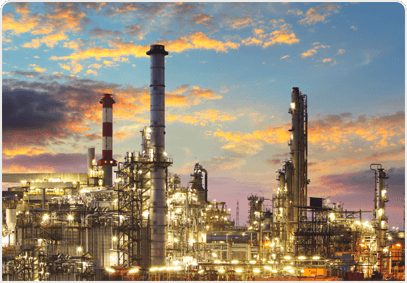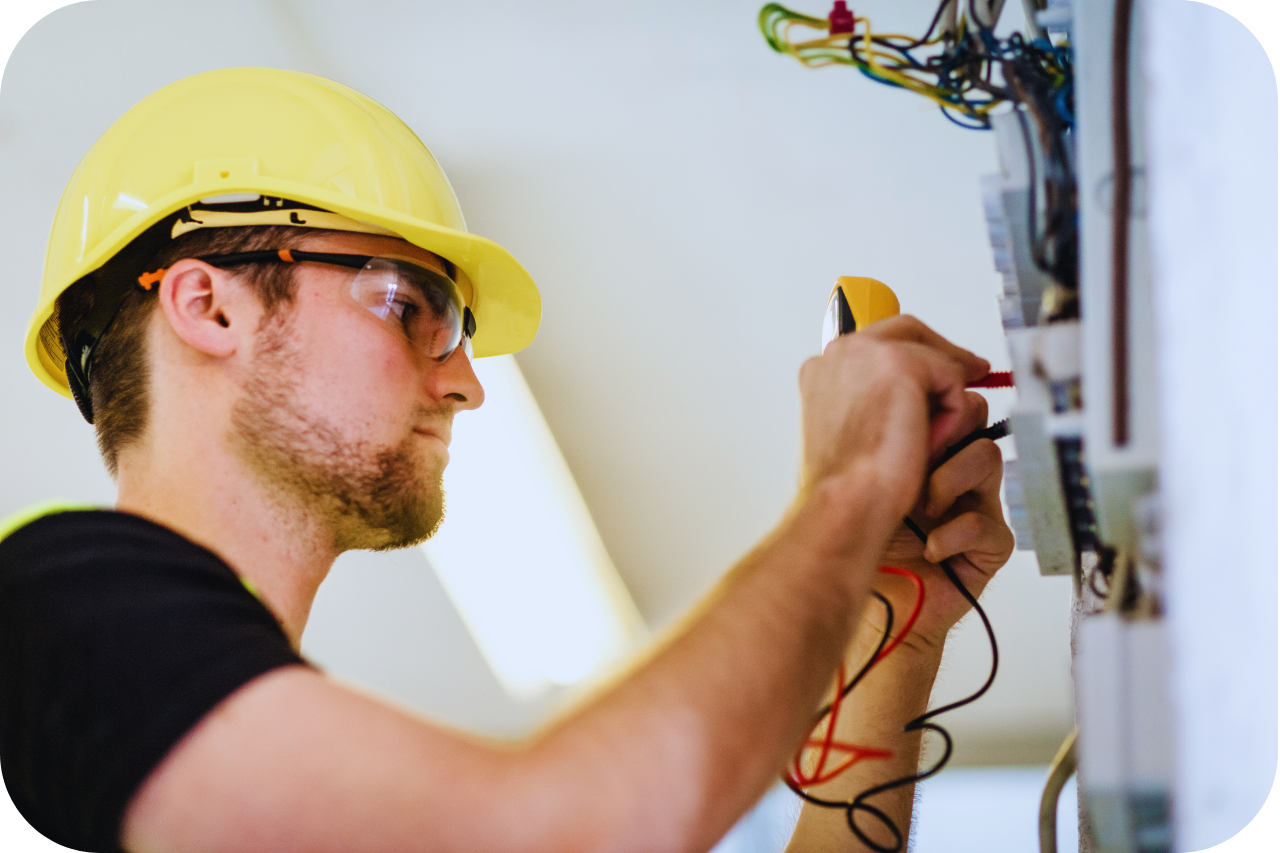6 Easy Facts About Roar Solutions Described
6 Easy Facts About Roar Solutions Described
Blog Article
The 5-Second Trick For Roar Solutions
Table of ContentsExcitement About Roar SolutionsExcitement About Roar SolutionsThe 8-Minute Rule for Roar Solutions
In such an atmosphere a fire or surge is possible when three basic conditions are satisfied. This is commonly referred to as the "unsafe location" or "combustion" triangle. In order to safeguard installations from a possible surge a technique of evaluating and classifying a possibly harmful location is required. The objective of this is to guarantee the correct option and installation of tools to ultimately prevent an explosion and to make sure security of life.
(https://www.cheaperseeker.com/u/roarsolutions)
No tools should be installed where the surface temperature of the devices is above the ignition temperature level of the offered threat. Below are some usual dirt unsafe and their minimal ignition temperature level. Coal Dirt 380C 225C Polythene 420C (thaws) Methyl Cellulose 420C 320C Starch 460C 435C Flour 490C 340C Sugar 490C 460C Grain Dirt 510C 300C Phenolic Resin 530C > 450C Aluminium 590C > 450C PVC 700C > 450C Soot 810C 570C The likelihood of the risk being present in a concentration high enough to cause an ignition will certainly differ from place to place.
In order to categorize this risk an installment is split right into areas of threat relying on the amount of time the hazardous exists. These areas are described as Areas. For gases and vapours and dusts and fibres there are 3 zones. Area 0 Area 20 An unsafe ambience is very likely to be present and might be existing for extended periods of time (> 1000 hours each year) or even continuously Area 1 Area 21 A dangerous atmosphere is feasible however unlikely to be existing for extended periods of time (> 10 450 C [842 F] A classification of T6 means the minimal ignition temperature is > 85 C [185 F] Hazardous area electric equipment maybe created for use in greater ambient temperatures. This would certainly showed on the ranking plate e.g. EExe II C T3 Ta + 60C( This means at 60C ambient T3 will not be gone beyond) T1 T1, T2, T3, T4, T5, T6 T2 T2, T3, T4, T5, T6 T3 T3, T4, T5, T6 T4 T4, T5, T6 T5 T5, T6 T6 T6 A T Class score of T1 indicates the optimum surface temperature created by the tool at 40 C is 450 C. Assuming the connected T Class and Temperature level score for the tools are proper for the area, you can constantly utilize a tool with a more stringent Division score than needed for the area. There isn't a clear solution to this inquiry unfortunately. It really does depend on the sort of equipment and what repairs require to be performed. Equipment with details test treatments that can not be executed in the area in order to achieve/maintain 3rd party score. Have to return to the factory if it is prior to the equipment's service. Area Repair Service By Authorised Worker: Complicated testing may not be needed however details treatments may need to be complied with in order for the tools to keep its third party rating. Authorized employees must be used to do the job correctly Repair service have to be a like for like substitute. New part must be considered as a direct replacement requiring no special testing of the devices after the repair is complete. Each tool with an unsafe ranking ought to be assessed separately. These are described at a high level below, however for more comprehensive information, please refer directly to the standards.
A Biased View of Roar Solutions
The equipment register is an extensive database of devices documents that consists of a minimum collection of areas to recognize each product's area, technological criteria, Ex lover classification, age, and ecological data. The ratio of Thorough to Shut examinations will be figured out by the Equipment Threat, which is examined based on ignition risk (the chance of a source of ignition versus the probability of a combustible environment )and the hazardous location classification
( Zone 0Area 1, or 2). Executing a durable Risk-Based Evaluation( RBI )strategy is critical for making sure conformity and security in taking care of Electrical Equipment in Hazardous Locations( EEHA).
Excitement About Roar Solutions

In regards to explosive danger, a dangerous location is an atmosphere in which an explosive ambience exists (or might be expected to be present) in amounts that need special precautions for the construction, installment and use equipment. eeha. In this short article we check out the obstacles encountered in the office, the risk control actions, and the called for expertises to work securely
It is an effect of contemporary life that we produce, store or handle a variety of gases or liquids that are considered combustible, and a series of dirts that are regarded combustible. These compounds can, in particular problems, form eruptive ambiences and these can have major and heartbreaking consequences. The majority of us know with the fire triangular remove any type of among the 3 elements and the fire can not occur, however what does this mean in the context of unsafe areas? When breaking this down into its easiest terms it is basically: a mix of a certain visit site amount of release or leak of a specific material or product, mixing with ambient oxygen, and the presence of a resource of ignition.
In most circumstances, we can do little about the levels of oxygen in the air, but we can have considerable influence on sources of ignition, for instance electrical equipment. Dangerous areas are documented on the hazardous location category drawing and are determined on-site by the triangular "EX LOVER" indication. Here, amongst other vital details, areas are divided into three types relying on the threat, the likelihood and period that an eruptive environment will exist; Zone 0 or 20 is regarded one of the most harmful and Area 2 or 22 is regarded the least.
Report this page